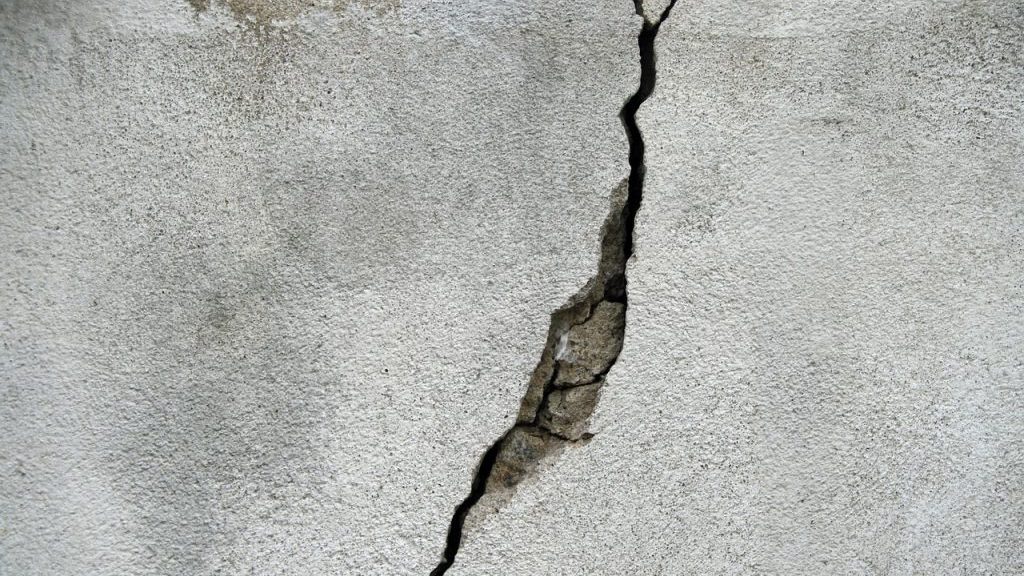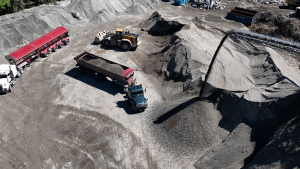One of the worst natural disasters in U.S. history took place early on a January morning in 1994, when a 6.7 magnitude earthquake occurred 20 miles north of downtown Los Angeles.
Fifty-seven people were killed, and almost 9,000 others injured. Property damage was estimated at up to $50 billion.
The Northridge earthquake, as it came to be known, gained worldwide attention because of the extensive damage it caused to the region’s freeway network.
Surface roads were clogged for three months while the freeways were repaired.
“The 1994 Northridge earthquake is one of the most important ground motions in North America,” said Mohammad Javad Tolou Kian, who is researching high-performance reinforced concrete walls that possess improved damage properties that protect them when an earthquake strikes.
“Because even well-designed structures suffer permanent deformations and concrete damage when withstanding strong ground motions (such as seismic events and earthquakes), a structure which suffers limited damage will be of great benefit,” he said.
Tolou Kian, who is a PhD candidate in structural engineering at the University of Alberta, says that, since Northridge, there have been numerous studies on the different types of damage that was sustained by structures during the earthquake.
“The studies have led to significant changes in the construction of earthquake-resistant buildings since then,” he said.
Tolou Kian describes his PhD research project, in a nutshell, as looking at high-performance reinforced concrete walls which have improved damage properties.
Fibre reinforcement increases the resistance of concrete, because it limits the opening and propagation of cracks
— Mohammad Javad Tolou Kian
University of Alberta
“Concrete walls are used in reinforced concrete structures to provide them with enough stiffness to withstand lateral forces,” he said. “The goal of my project is to study the residual displacements of concrete walls that have fibre reinforcement and innovative steel reinforcements, to see if they suffer less damage from ground motion.”
To replicate in the university laboratory what happens when concrete walls are shaken by ground motion, wall specimens were anchored to the laboratory floor, and then were hit with the same back-and-forth motion of an actual earthquake.
The response of the test walls was captured by sensors and a digital imaging system that measured the extent of the walls’ deformation caused by the experimental ground motion.
The concrete walls used in the tests contained two types of fibres: PVA (Poly vinyl alcohol) fibres 12 mm long, and hooked-end steel fibres 50 mm long.
“In general, fibre reinforcement increases the resistance of concrete, because it limits the opening and propagation of cracks,” said Tolou Kian. “In the study, fibre reinforcement mitigated concrete damage, including cover spalling (peeling and flaking, due to moisture in the concrete])and cracking, in the test walls.”
Three types of advanced concrete reinforcement were used in the study: 1. Shape-memory alloy, an alloy of nickle and titanium; 2. glass-fibre reinforced polymer, a composite material made of glass-fibres held together by a polymeric binder, and 3. high-strength steel, about three times stronger than conventional steel.
“The distinctive property of these types of advanced reinforcement, compared to conventional steel, is their tendency to return to their original lengths after being unloaded (from ground motion),” said Tolou Kian. “This means that if you stretch them, they will return to their initial shape when released.
“This property of the advanced reinforcements helps reinforced concrete walls return to their original position after resisting an earthquake. They will suffer less damage, can be repaired sooner, and require less retrofit funding.”
Tolou Kian’s PhD is being supervised by Professor Carlos Cruz-Noguez, a specialist in masonry systems.
The experimental part of the study and preliminary numerical modeling of the sample walls was completed in 2017.
“The next step of the study, to begin this summer (2018) to numerically simulate the response of four full-scale reinforced concrete structures, with and without high-performance walls, under different ground motions, in order to measure the effectiveness of test innovations in the design and construction of reinforced concrete structures,” said Tolou Kian.









It is impressive to have your research study. I look forward to have your permission to have an access to your research outcome.